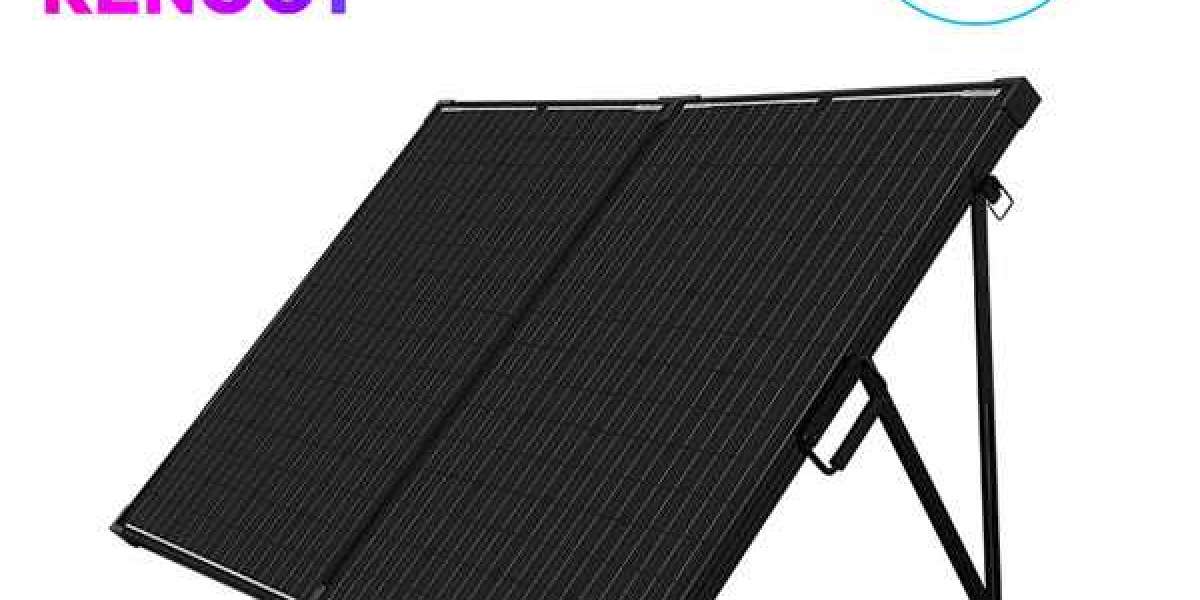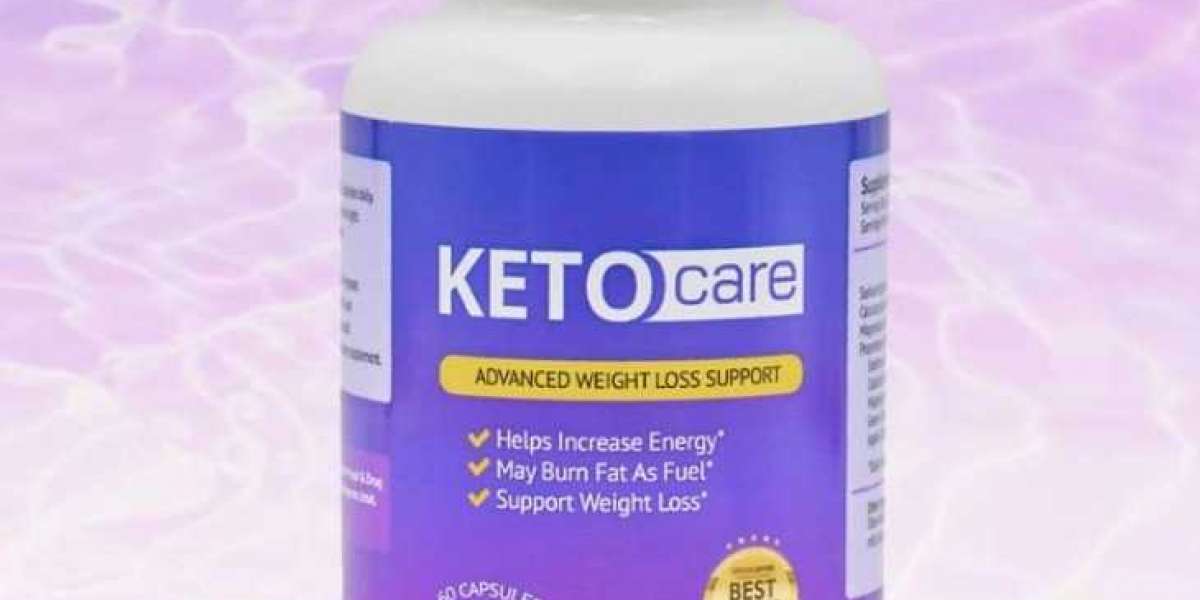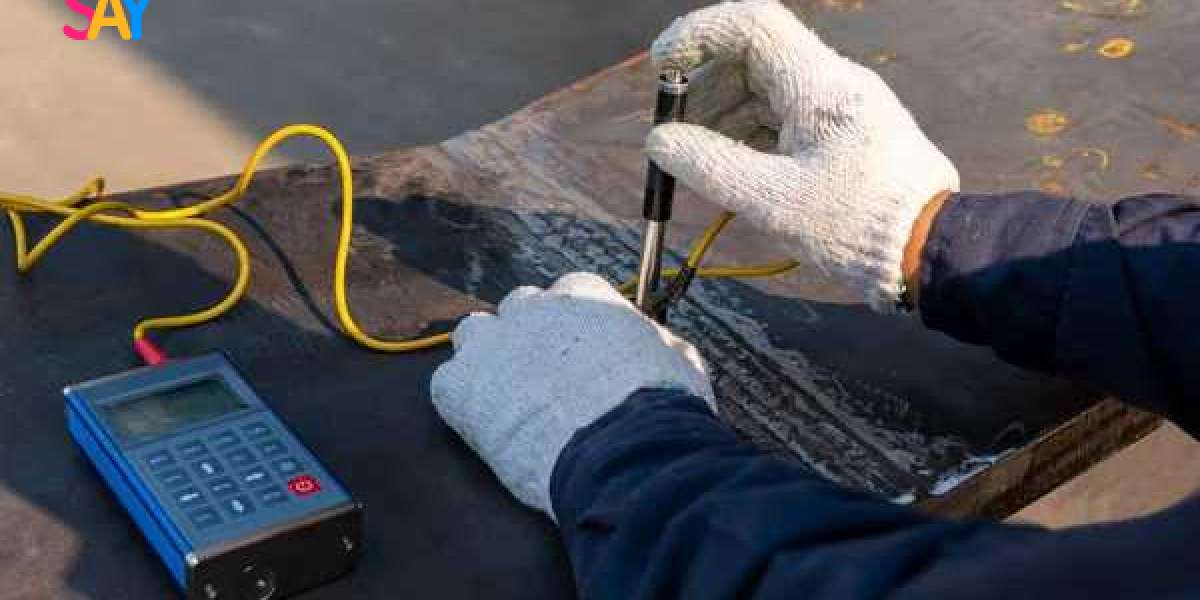Foldable solar panels are light, durable, and portable. A separate solar module is installed on a weather-resistant fabric and can be quickly folded and stored or opened for use.
Unparalleled durability allows for use in harsh environments and works even after partially damaged panels. These compact panels fit easily into most backpacks and are the perfect accessories to provide power for a variety of electronic products.
Foldable solar panels keep you connected, power your outdoor life, and help you get more from your adventures. Foldable solar panels are designed for regular outdoor use, but not permanent outdoor installation.
Panels should not be weatherproof and, if possible, should not be kept wet. If drenched by Rain Water, dry the panel and let the fabric dry before folding. If the panel is wet, let it dry thoroughly before folding and storage to avoid damage. Please store the foldable solar panels in a cool and dry environment.
Types of folding solar panel
Similar to traditional solar panels, flexible panels come in three types: monocrystalline, polycrystalline, and thin-film.
Monocrystalline (mono) panels: These panels have higher efficiency and power production than any other type of solar panel. Due to their high-quality construction and energy production, they’re the most expensive panel option. They’re constructed with silicon wafers to help with sunlight absorption. Monocrystalline cells are cut from a single, pure silicon cell, which is ideal for optimal energy absorption.
Polycrystalline (poly) panels: These more affordable panels provide lower power production than mono options. Like mono panels, poly panels use silicon wafers in their design. Poly cells are composed of fragmented silicon cells, which create imperfections that reduce the panel’s efficiency. Since poly panels provide less power, you’ll need more panels in your installation to meet your energy needs.
Thin-film solar panels: Thin-film panels offer the lowest power production and efficiency but are the cheapest. Unlike monocrystalline and polycrystalline options, thin-film panels use thin layers of photovoltaic material instead of silicon wafers. These panels also have a shorter life span than mono and poly options.
Flexible and traditional solar panels.
Traditional solar panels have better power generation and efficiency than flexible solar panels. They are stronger, can last for 20 years or more, and can cope with extreme weather conditions because of their weight and structure. However, these panels are not portable and must be installed on your roof mounting rack.
Flexible solar panels are best suited for off-road and entertainment projects. Their extra flexibility makes them ideal for non-traditional devices such as campers, tents and yachts. Compared with traditional panels, flexible panels are less durable and efficient. Because they are thinner than residential panels, they cannot withstand long-term exposure to the natural environment. Flexible panels are not suitable for residential use because their power generation is limited.








